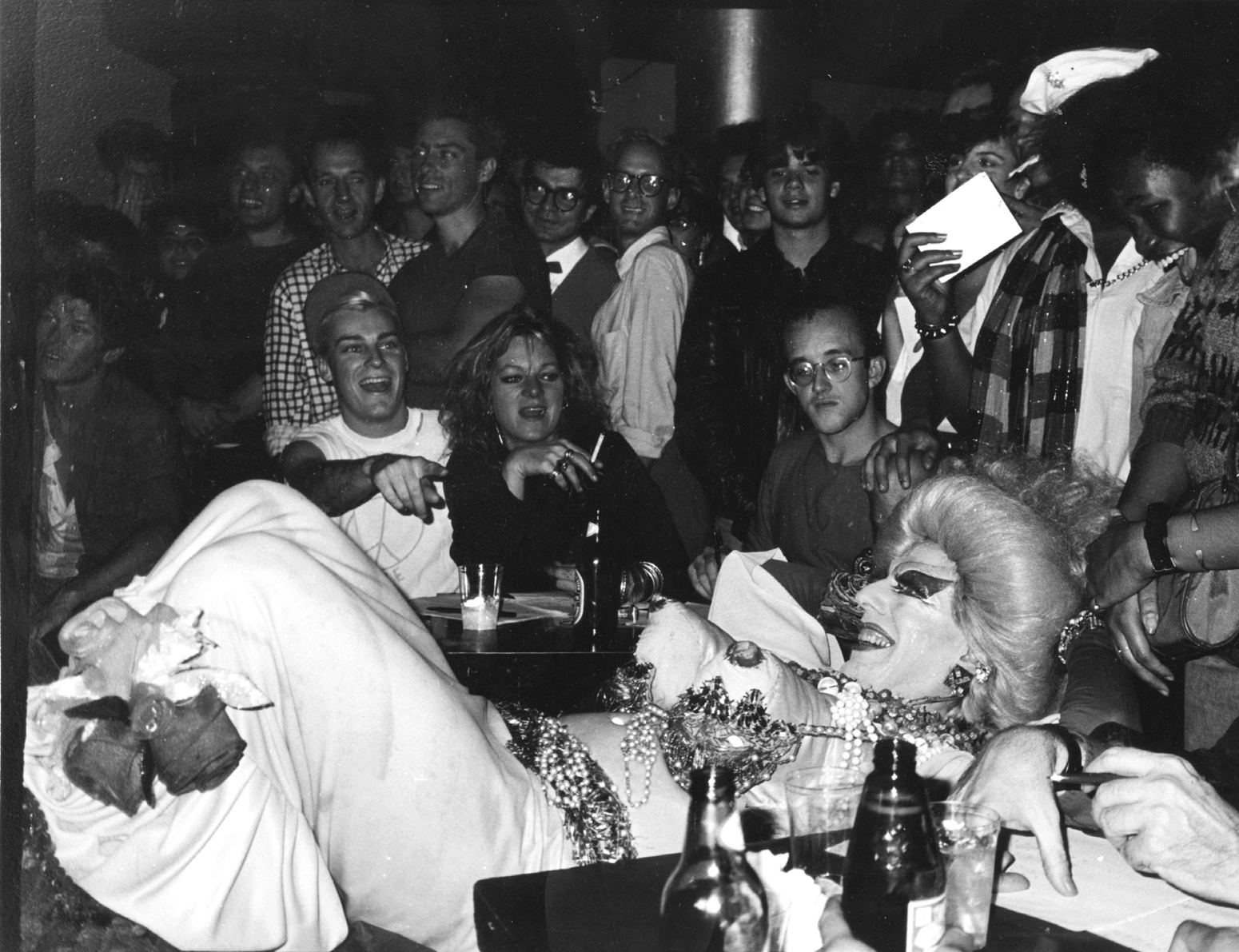An amazing night out can be a revelatory experience and many can pinpoint the exact party that changed the entire course of their lives, but a new art show from Visual AIDS argues that queer nightlife can be seen as a form of alternative community activism, radical in both its very existence and the multifarious social, cultural and artistic connections it creates.
Party Out Of Bounds: Nightlife As Activism Since 1980 is an art show at La MaMa Galleria in New York curated by co-founder of the Filthy Dreams blog Emily Colucci and Osman Can Yerebakan, both art writers and independent curators. The show brings together works from an incredible roster of established and emerging artists, including the Pope of Filth himself John Waters, Psychic TV and Throbbing Gristle icon Genesis Breyer P-Orridge, performance artist John Sex, scion of the legendary drag ball house Kia LaBeija and the artist and filmmaker Wu Tsang, whose work with Boy Child was recently on show at the ICA.
Ahead of a one-night-only satellite show at the White Cubicle gallery (in London’s George and Dragon pub) tonight — presenting John Walter‘s Courtship Disorder, i-D caught up with Osman and Emily to discuss a very different kind of party politics and HIV/AIDS activism, the No Pants No Problem night they hosted at the exhibition in New York, their most radical nights out ever and the future of the queer nightlife scene after a spate of heartbreaking closures in both London and New York.
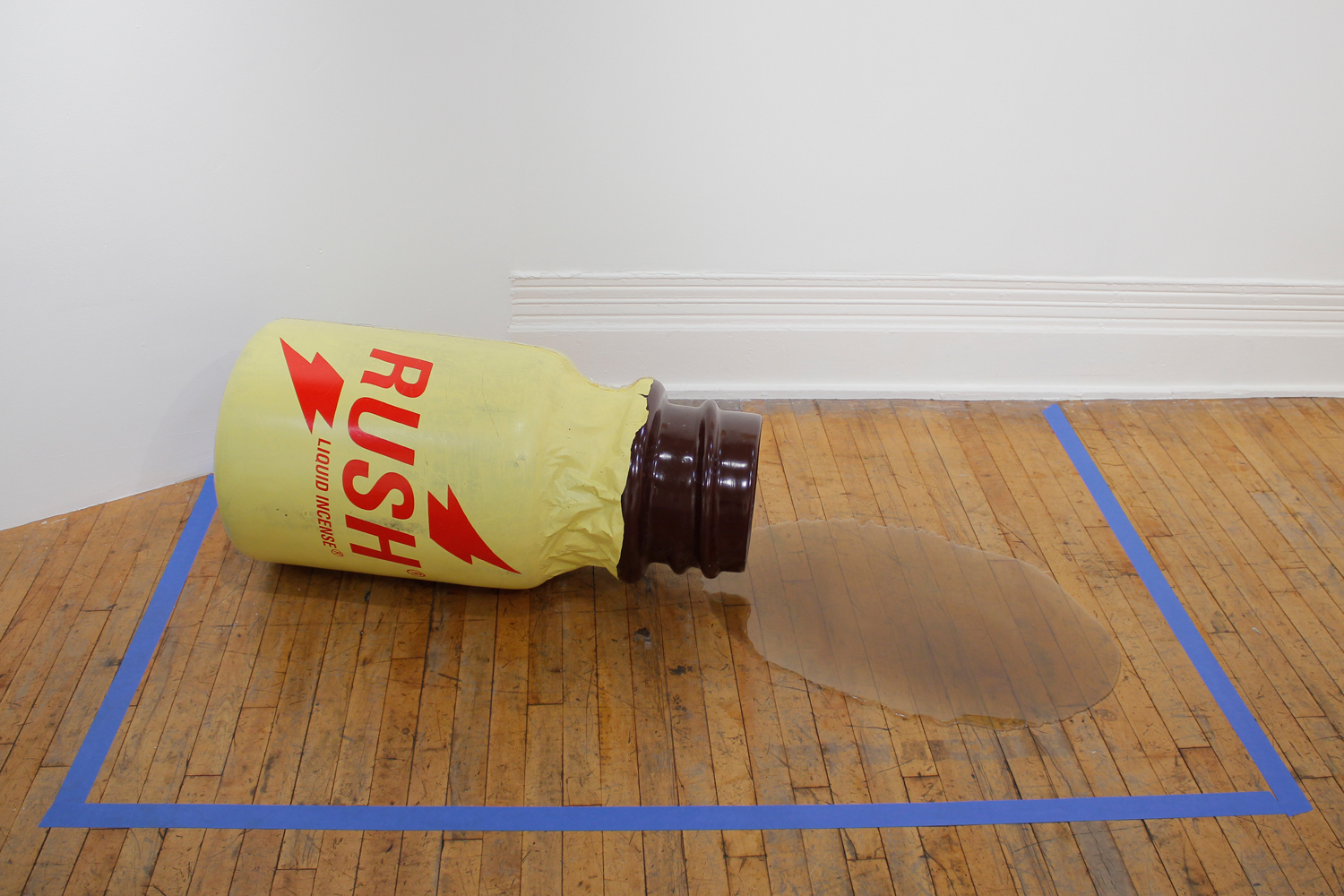
With this exhibition, you frame queer nightlife as a type of radical community activism — can a piss up really be political?
Osman: With Party Out Of Bounds: Nightlife As Activism, we are trying to underline that activism, or taking a stand about an issue in general, is not only performed through demonstrations, protests or slogans in front of government buildings. Those people who fought and still are fighting against prejudice and inequality on the streets have been meeting at these bars and clubs not only to find acceptance and companionship, but also to discuss and exchange ideas. Nightclubs and nightclubbing in this case is an alternative form of activism and maybe the most vivid form of performing queer identity.
Emily: Adding to the notion of performance that Osman raised, another political aspect of nightlife is the subversive and transformative self-fashioning and performance within bars and clubs. Performers working in the 80s such as John Sex, Ethyl Eichelberger, Klaus Nomi and Leigh Bowery to the younger generation now such as Kia Labeija, use nightlife for radical play with identity, which I see as political. Even though this form of politics may not make it to City Hall, performance, whether on stage or merely dancing in a club, creates a dialogue about issues of gender and sexual identity, as well as HIV/AIDS advocacy.
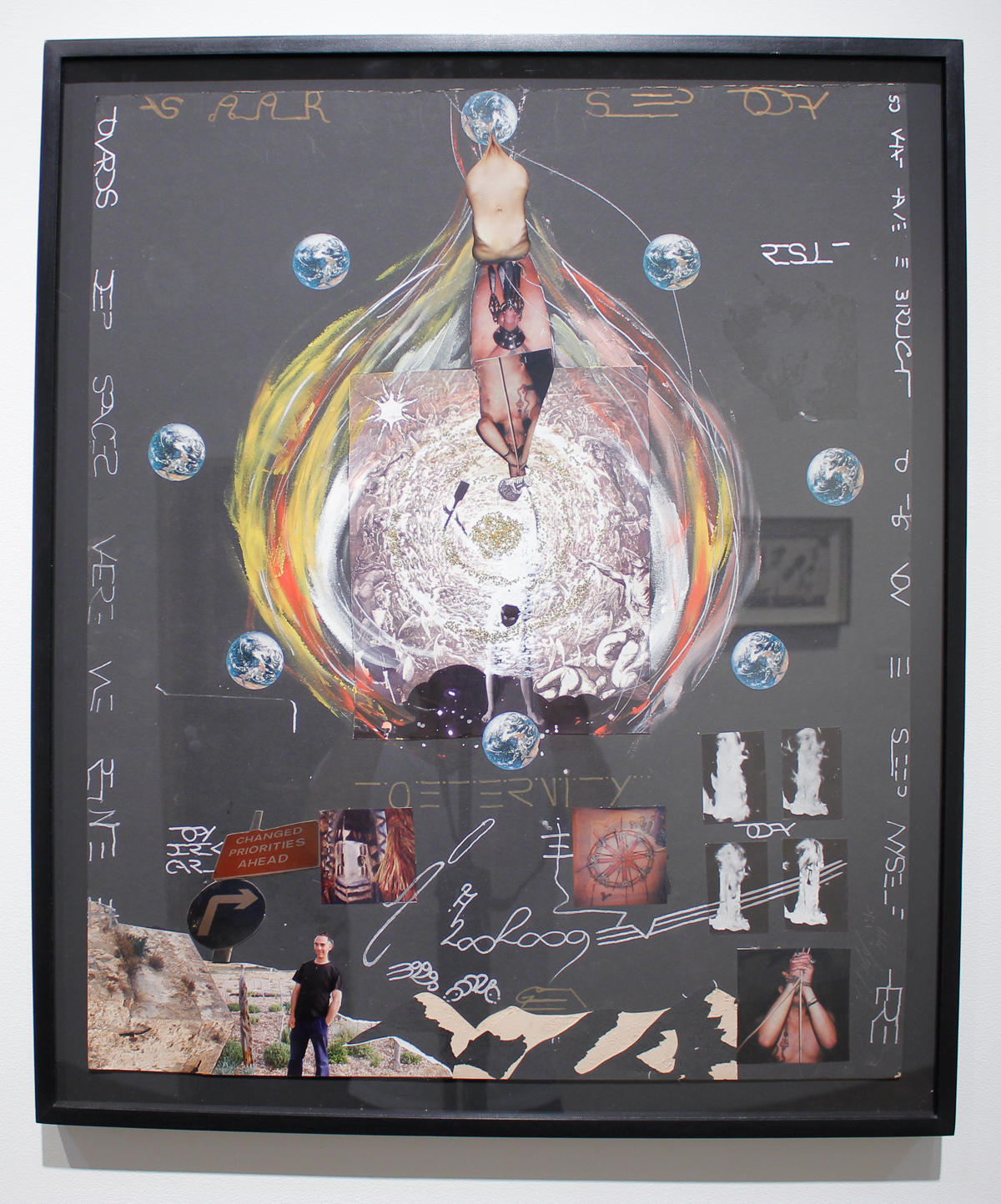
Tell us more about some of the artists in the NY show?
Emily: In curating Party Out Of Bounds, one of our main concerns was to bring together artists from multiple generations. I think nightlife, particularly queer nightlife, or nightlife during the ongoing HIV/AIDS pandemic, gets slotted as a 80s or 90s topic. It was important to us that we not only assert that HIV/AIDS is not over, but also the intersection of nightlife and activism transcends generational boundaries. So we brought together artists such as Keith Haring, David Wojnarowicz or Marc Lida with his beautiful watercolour of The Saint, with younger artists like Elegance Bratton, a photographer of the ball scene or Wu Tsang, whose collaborative piece with RJ Messineo acts as an altar to their time making the documentary Wildness. We also wanted to present work in multiple disciplines. From Caldwell Linker’s beaded portraits of figures from Pittsburgh’s queer nightlife community to Chad States’ golden silk towel honouring the St. Marks Baths to Scott Ewalt’s monumental mixed media ode to old Times Square, we wanted to show that artists engage with nightlife and activism through a wide variety of means.

Osman: Lovett/Codagnone are a New York-based artistic duo known for their mixed media installations. They have three pieces in this exhibition including an empty magazine rack with the words DEATH DISKO and an assemblage of unlit neon lights that collected from different stores. As you can see from both pieces, their work deals with muted or impeded voices in the community, particularly as nightlife spaces are closing. Conrad Ventur created a site specific installation at the back of the gallery, using a disco ball to project a Youtube video of Amanda Lear performing one of her iconic songs, Follow Me. Existing as a final surprise while touring the exhibition, the installation has an equally melancholic and joyful tone, which is a perfect combination for this exhibition.
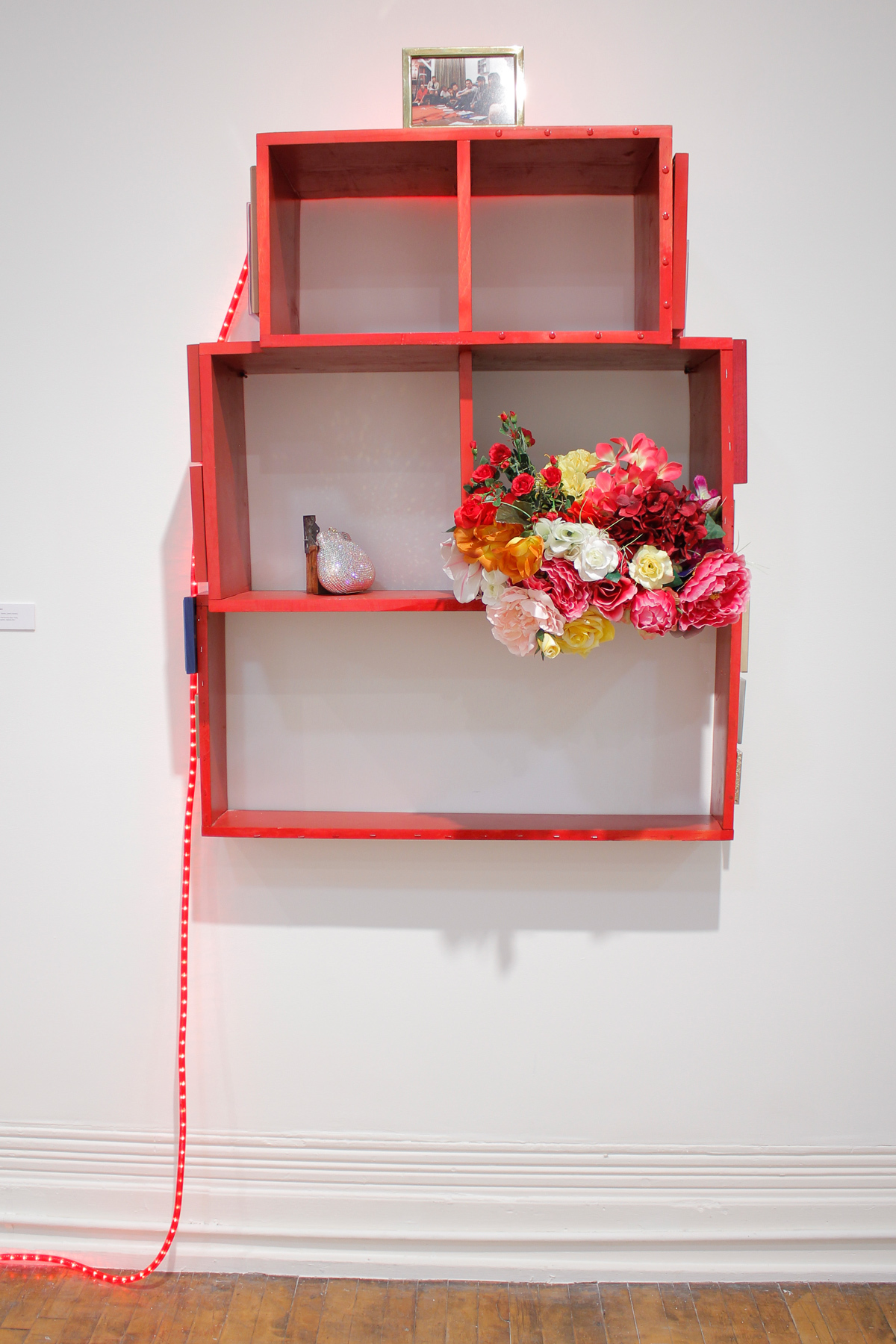
Who came up and what went down at the No Pants No Problem night you held?
Emily: What went down? Pants! No Pants No Problem is more than an underwear dance party — it is a party organiSed by artist and activist Jessica Whitbread both to raise money for HIV advocacy and sex/gender rights and to create a space for attendees to let their guards, assumptions and pants down. No Pants No Problem really does construct a welcoming space for all attendees regardless of gender, sexuality or serostatus. Even my parents had a great time!
Osman: The attendance was impressive, especially considering the “no pants” rule. Jessica Whitbread, who is also a part of the exhibition with one of the banners she created for No Pants No Problem, brought performers and guests from Canada, North Carolina and who knows from where else. The party definitely did the justice as an after party for an exhibition about nightlife and HIV/AIDS activism.

Why did you want to have a satellite show in a toilet in London – bringing Alien Sex Club artist John Walter to the White Cubicle?
Osman: Paul Sammut, who runs the White Cubicle Toilet Gallery, met Visual AIDS at last year’s New York Art Book Fair and they discussed the possibility of such a collaboration. Bathrooms indisputably play a crucial role in nightlife in many ways, as you can imagine, so this collaboration had to happen. We met Paul, who has been extremely helpful, on Skype and he recommended us John Walter. John’s work has a unique tone in terms of blending science, art, technology and humour, and we think he is a perfect fit for this project. Sadly we won’t be able to be there, but we are sending some friends and we are 100% sure it will be a great evening.
Emily: Taking a line from John Waters, curating a show in a toilet “really strengthens my filthiness.” But in all seriousness-reflecting the title Party Out Of Bounds-once we were approached by this opportunity, it was a perfect way show the boundary-crossing aspects of nightlife, as well as assert that the intersection of nightlife and activism is not just a New York or American phenomena.
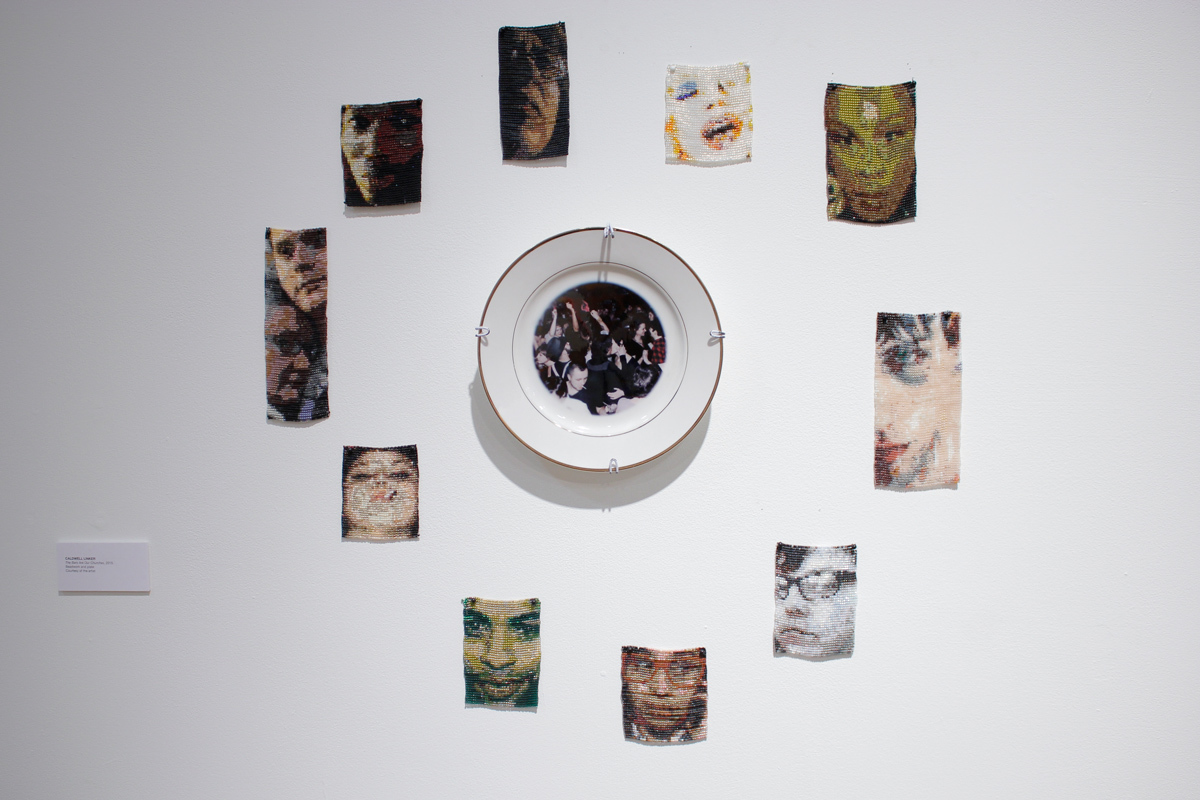
Tell us more about the Visual AIDS project?
Emily: Visual AIDS uses art to fight AIDS by provoking dialogue, supporting HIV+ artists, and preserving a legacy, because AIDS is not over. Rather than a project, Visual AIDS is the only contemporary organisation fully committed to HIV prevention and AIDS awareness through producing and presenting visual art projects, while assisting artists living with HIV/AIDS. Visual AIDS is committed to preserving and honouring the work of artists with HIV/AIDS and the artistic contributions of the AIDS movement.

What was your most radical night out?
Osman: My brain is probably storing this information in depths of my subconscious and it’s not letting me reach there, but I can say I had one or two fun nights in London a few years ago.
Emily: Since Osman still has a chance at a semblance of a respectable career, I’ll answer: My most radical night out-or one anyway-did not happen in New York but in Memphis, Tennessee. In the summer of 2014, I went on a Southern road trip with my partner-in-crime Matty, with whom I co-founded Filthy Dreams-a blog focused on queer art and culture. After finding Beale Street a lackluster tourist trap, we made our way to Wild Bill’s, a hidden yet notorious juke joint. As we pulled up, the regulars looked a little wary at the photos of Jim Morrison we plastered all over our car. Who can blame them. Wild Bill’s plastic picnic blanket-covered tables, walls covered in family photos and Christmas lights everywhere. They also sold beer only in 40 oz. As usual, we showed up hours early for the big show. We thought we were only going to have one drink and leave, but you know that never happens. Instead, we sat downing 40’s in the presence of a group of cigar-smoking older blues musicians. It was well worth the wait. With a packed room, exceptional blues musicians played while locals burst through the door-even knocking down the musicians’ amps-and danced around the room. Even though it is a beloved neighbourhood establishment, tourists like us were accepted nonetheless. It was just a pure celebration of music, dance and the blues. Well, Matty and I can never let these moments go so rather than turning in, the night ended at TGI Friday’s drinking Bloody Mary’s at 3AM on the recommendation of some Hooters waitresses we startled in a parking lot asking for after hours spots. Luckily for us, our hangovers were soothed at Graceland the next day.
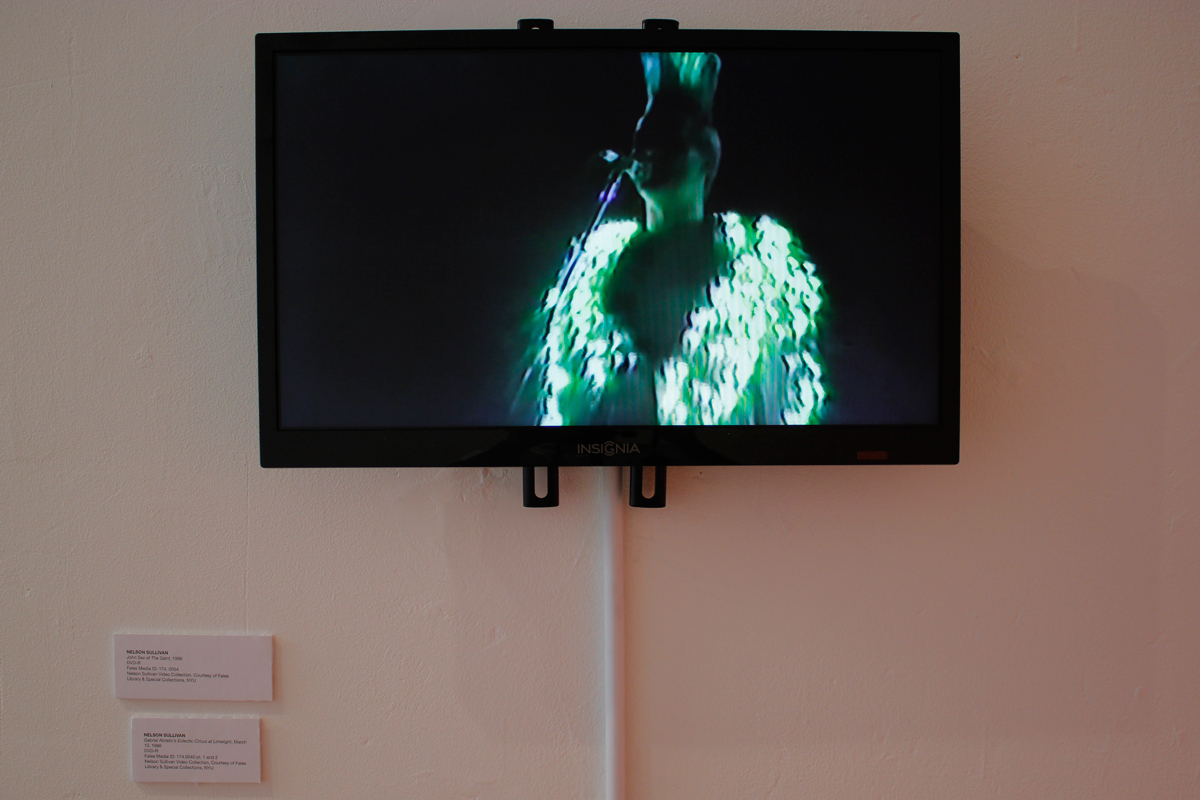
Who is/was the most radical person on the scene?
Osman: Again speaking of London and radicalness, I would say Leigh Bowery is a major influence on artists from various generations. Her artistry and unique personality appeared on many books, essays and catalogs while researching for this exhibition for example.
Emily: I think there are so many radical, subversive, beautiful, glittering and radiant nightlife figures of both the past and the present that it is impossible to choose just one as the “most radical.”
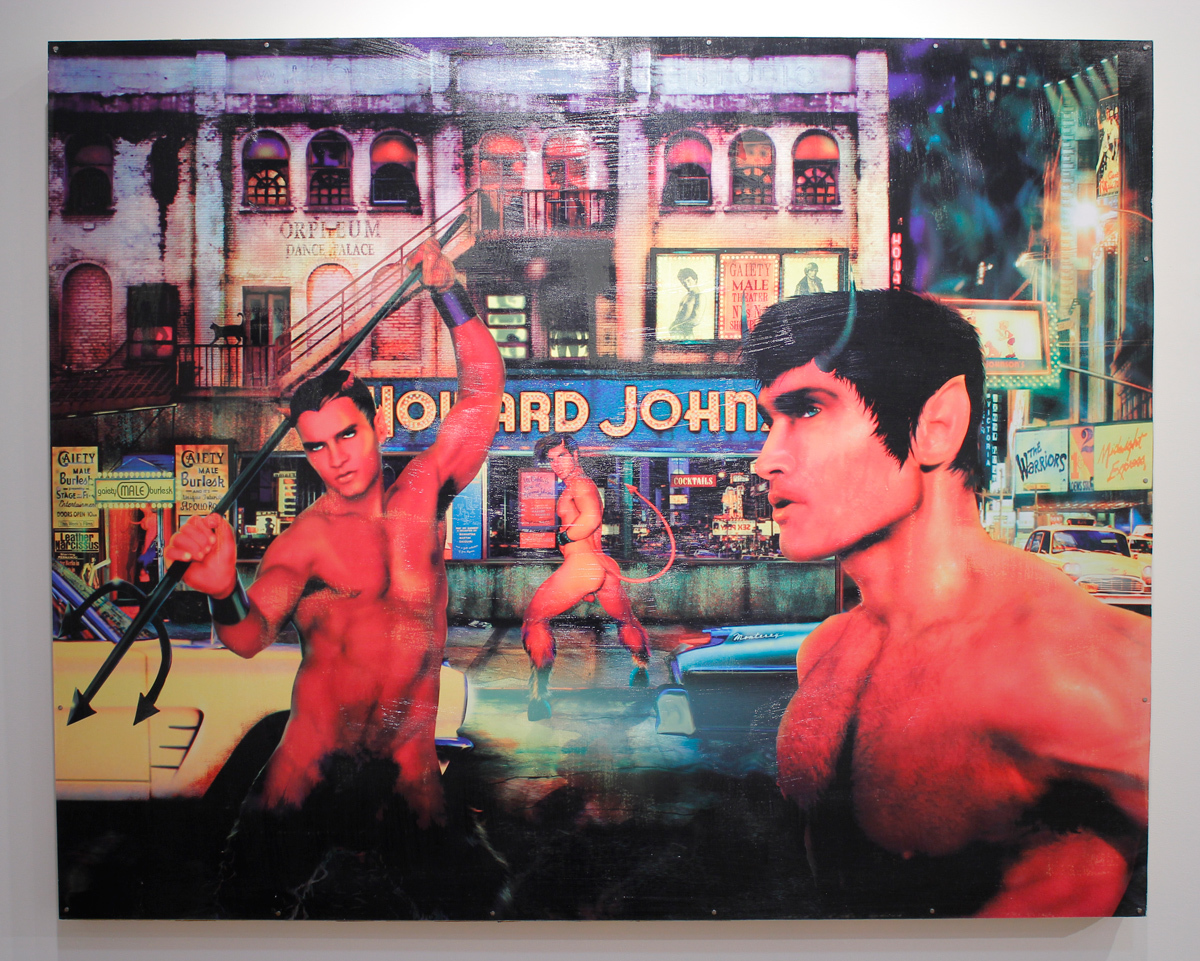
We’ve seen a load of awesome gay venues close in London, like the Joiners, the Black Cap, Madame Jojo’s, and soon the George & Dragon — with a similar situation in NY, and some people have said queer nightlife is dying. What do you think?
Osman: Gentrification is a major problem in big cities around the world and unfortunately alternative spaces-not only gay venues but also art spaces, bookstores or theatres, slowly become nostalgic patterns on history of these cities. This however shouldn’t and doesn’t mean queer nightlife is dying. Queer identity is so attached with nightlife thanks to that alternative reality it offers that I don’t think queer nightlife is dying. It’s though changing as everything is with the influence of technology and especially apps. As Internet has made connecting with others so easy, parties that are repeating in different venues in different cities, such as No Pants No Problem, are becoming more popular. This also relates to gentrification and the difficulty of maintaining a bar that is accessible to everyone in big cities.
Emily: The closure of spaces such as the George & Dragon is tragic and even, traumatic. Queer bars and clubs, and as Osman articulated, alternative spaces in general are irrevocably affected by gentrification and astronomical rent. But why should that mean radical queer nightlife is dying? If gentrification takes your spaces, forcibly make other spaces your own.
Party Out Of Bounds: Nightlife As Activism Since 1980 is at La MaMa Galleria in New York until 10 October, with a satellite show at the White Cubicle in London tonight, 29 September, presenting John Walter’s Courtship Disorder.
Credits
Text Charlotte Gush
Photography courtesy of Azmi Mert Erderm
